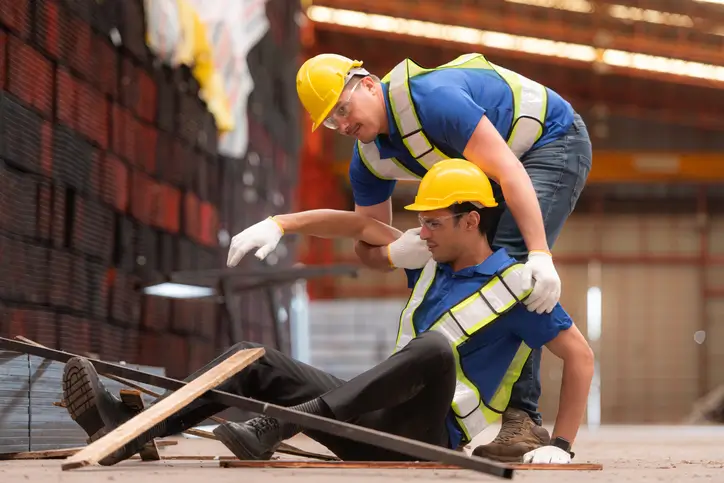Enroll in an OSHA 30 Class and gain in-depth knowledge of workplace safety standards. This comprehensive OSHA safety class helps construction professionals prevent accidents, reduce job site hazards, and comply with OSHA regulations.
Why Take an OSHA 30-Hour Construction Class?
✔️ Learn essential safety protocols, including fall protection & PPE
✔️ Minimize workplace hazards & ensure OSHA compliance
✔️ Gain a recognized OSHA 30 DOL Card for career growth
✔️ Choose between on-site OSHA classes or flexible online OSHA training







